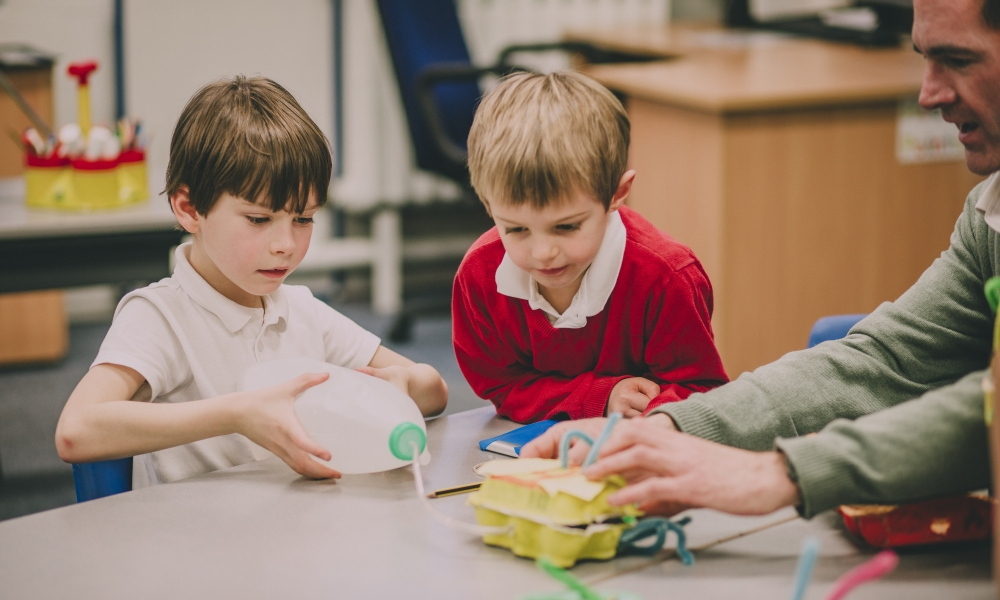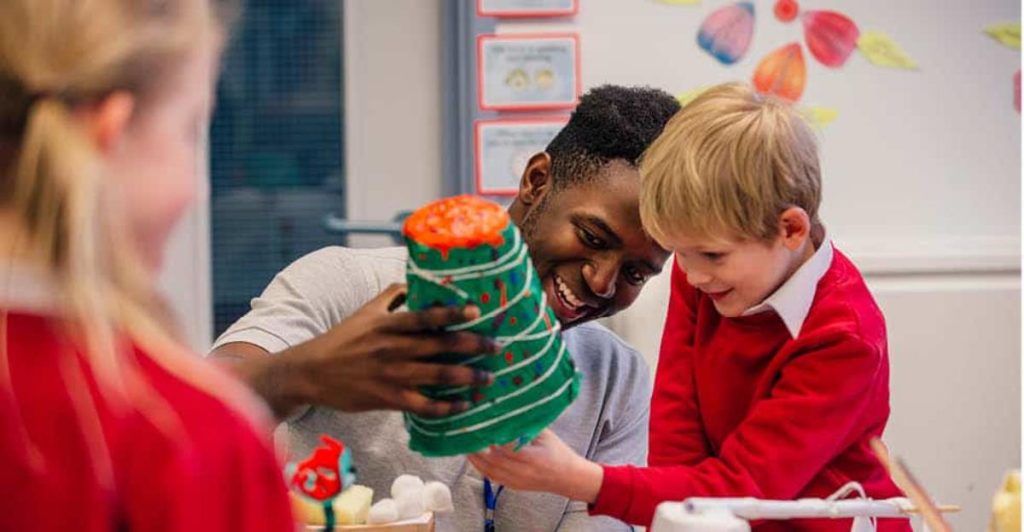JAKARTA, studyinca.ac.id – Integrating arts into education is not merely an enhancement; it is essential for fostering a well-rounded and enriching learning experience. The arts encompass various disciplines, including visual arts, music, theater, and dance, all of which contribute to the development of creativity, critical thinking, and emotional intelligence in students. This article explores the importance of integrating arts into educational curricula and the numerous benefits it brings to students and educators alike.
The Importance of Integrating Arts in Education

1. Fostering Creativity and Innovation
Experience
Integrating arts in education encourages students to think outside the box and explore their creative potential.
Benefits
- Creative Expression: Arts provide students with a platform to express their thoughts, emotions, and ideas in unique ways.
- Problem-Solving Skills: Engaging in artistic activities encourages innovative thinking and the ability to approach problems from different angles.
2. Enhancing Critical Thinking and Cognitive Skills
Experience
Arts education stimulates critical thinking and cognitive development, essential skills for academic success.
Benefits
- Analytical Skills: Students learn to analyze and interpret various forms of art, enhancing their ability to assess information critically.
- Decision-Making: The process of creating art involves making choices and decisions, which fosters sound judgment and reasoning.
3. Improving Academic Performance
Experience
Research has shown that integrating arts into the curriculum can lead to improved academic performance across various subjects.
Benefits
- Engagement: Arts integration makes learning more engaging, which can lead to increased motivation and participation in academic activities.
- Cross-Disciplinary Skills: The skills developed through arts education, such as collaboration and communication, are transferable to other academic areas, enhancing overall performance.
4. Supporting Social and Emotional Development
Experience
The arts provide a safe space for students to explore their emotions and develop social skills.
Benefits
- Emotional Intelligence: Engaging with the arts helps students understand and express their emotions, leading to improved emotional regulation.
- Collaboration and Teamwork: Participating in group art projects fosters teamwork, empathy, and communication skills among peers.
5. Cultivating Cultural Awareness and Appreciation
Experience
Integrating arts into education exposes students to diverse cultures and perspectives.
Benefits
- Cultural Competence: Exposure to various art forms helps students appreciate diversity and understand different cultural contexts.
- Global Awareness: Arts education encourages students to explore global issues and themes, fostering a sense of social responsibility and awareness.
Strategies for Integrating Arts in Education
1. Interdisciplinary Approaches
Experience
Combining arts with other subjects creates a holistic learning experience.
Strategies
- Thematic Units: Develop interdisciplinary units that incorporate arts with subjects like history, science, or literature, allowing students to explore connections between disciplines.
- Project-Based Learning: Encourage students to engage in projects that require artistic expression while addressing academic content.
2. Collaborative Learning Environments
Experience
Creating collaborative environments enhances the integration of arts in education.
Strategies
- Artistic Collaborations: Partner with local artists or arts organizations to provide workshops and mentorship opportunities for students.
- Community Engagement: Involve the community in artistic projects, fostering connections between students and local culture.
3. Professional Development for Educators
Experience
Educators play a crucial role in successfully integrating arts into the curriculum.
Strategies
- Training Programs: Provide professional development opportunities focused on arts integration strategies and best practices.
- Resource Sharing: Create platforms for educators to share resources, lesson plans, and experiences related to arts integration.
4. Utilizing Technology
Experience
Technology can enhance the integration of arts in education and expand creative possibilities.
Strategies
- Digital Art Tools: Incorporate digital tools and software that allow students to create and share their artwork in innovative ways.
- Online Collaborations: Use online platforms to connect students with artists and peers from around the world, fostering a global perspective on the arts.
Conclusion
Integrating arts into education is vital for nurturing creativity, critical thinking, and emotional intelligence in students. The benefits of arts education extend beyond artistic skills, enhancing academic performance and supporting social and emotional development. By adopting interdisciplinary approaches, fostering collaboration, investing in professional development, and utilizing technology, educators can effectively integrate arts into the curriculum.
As we continue to recognize the importance of holistic education, integrating arts will play a crucial role in preparing students for the complexities of the modern world. Embracing the arts in education not only enriches the learning experience but also cultivates a generation of innovative thinkers and compassionate individuals.
Improve Your Abilities: Explore Our content on Knowledge
Take a Look at Our Latest Article on Language Proficiency!

